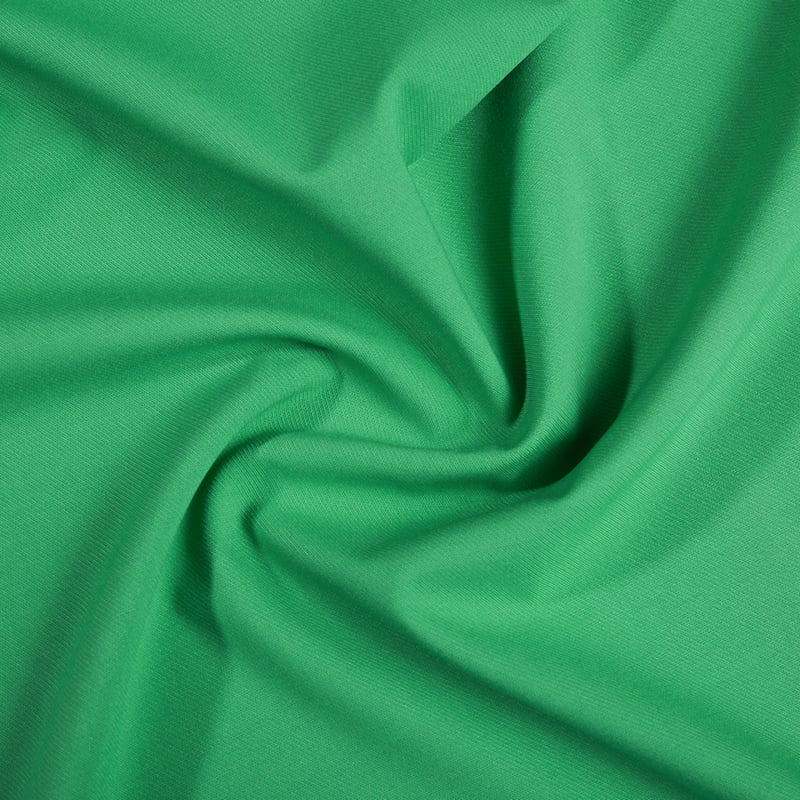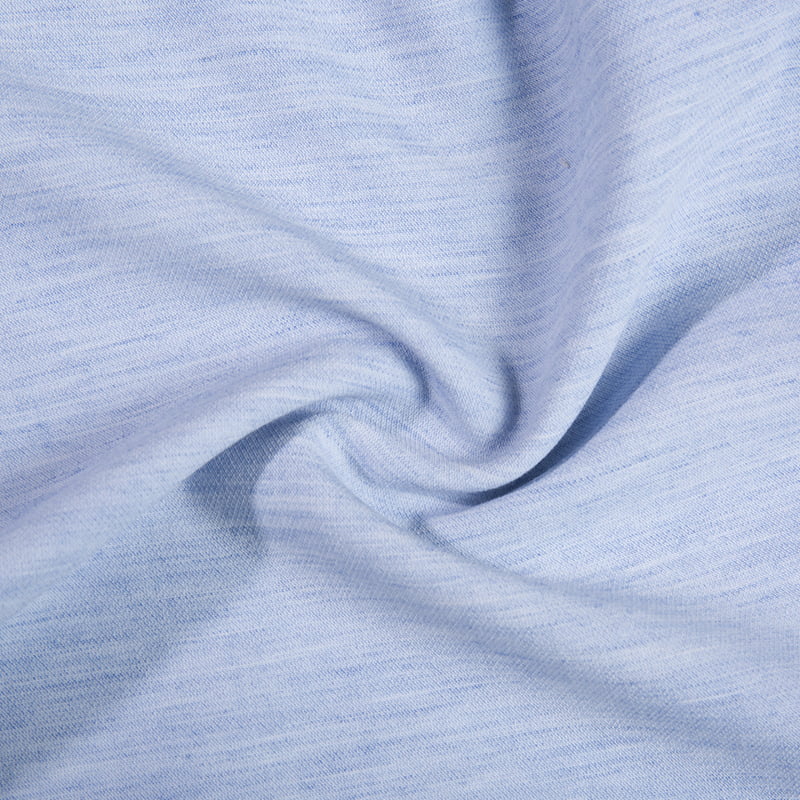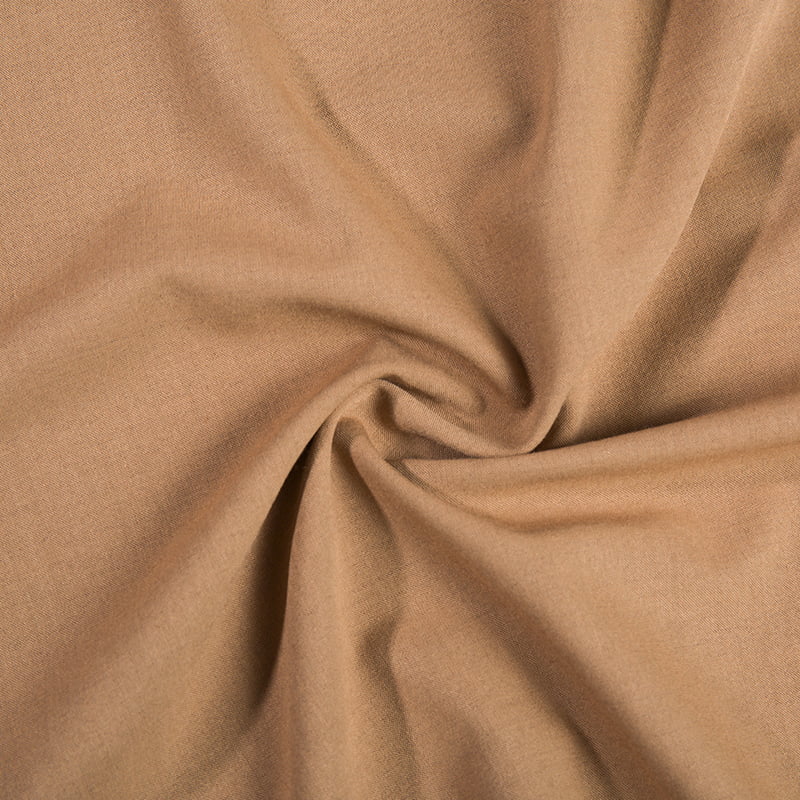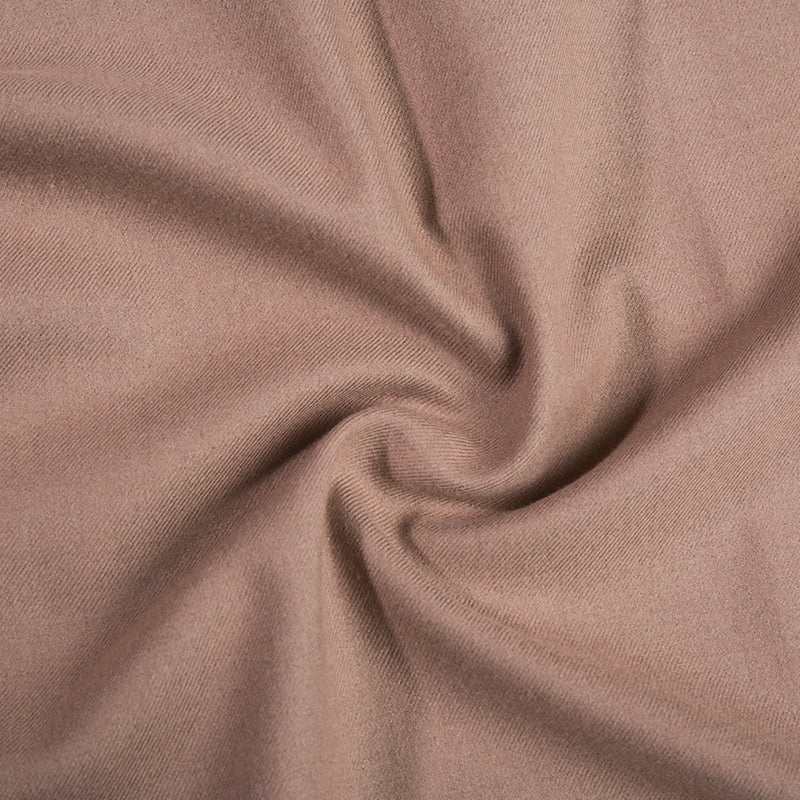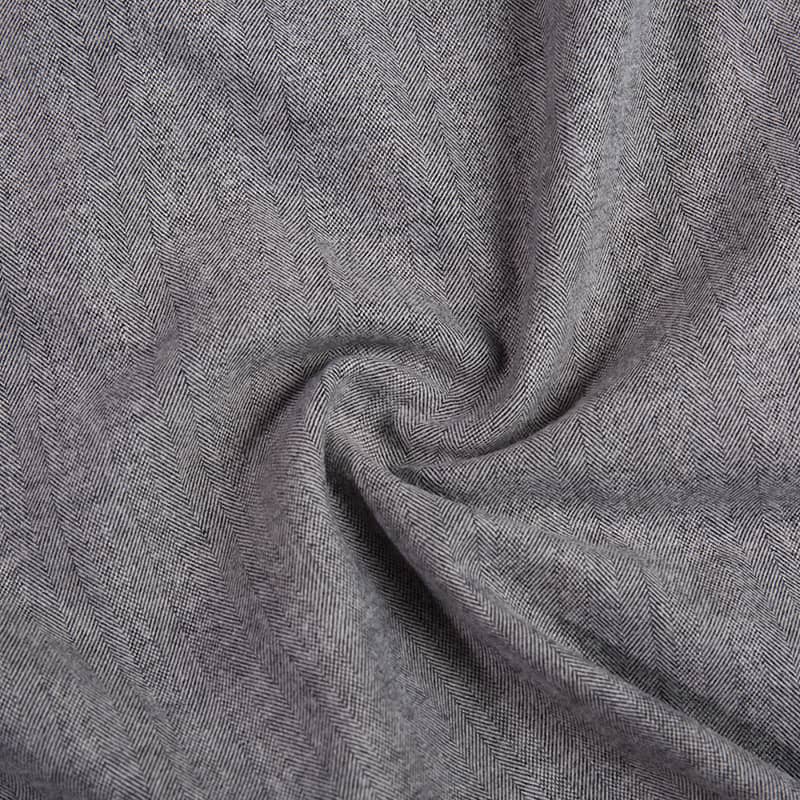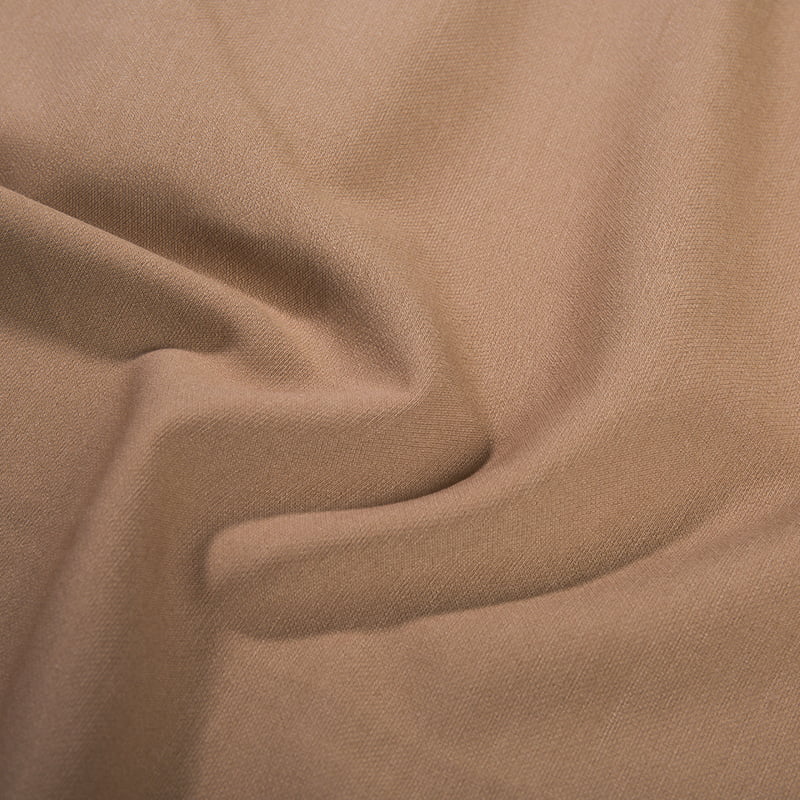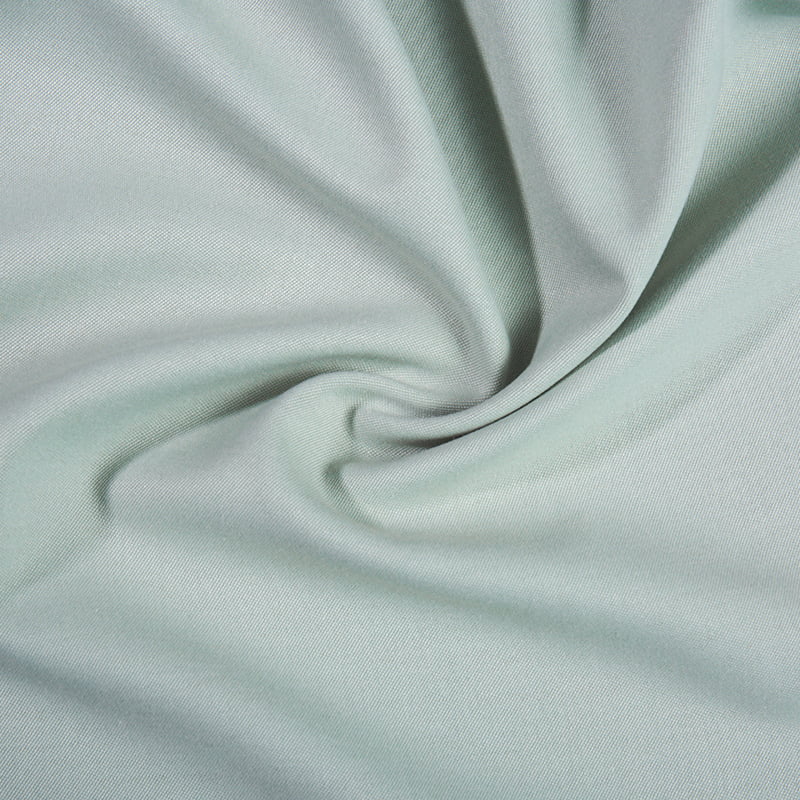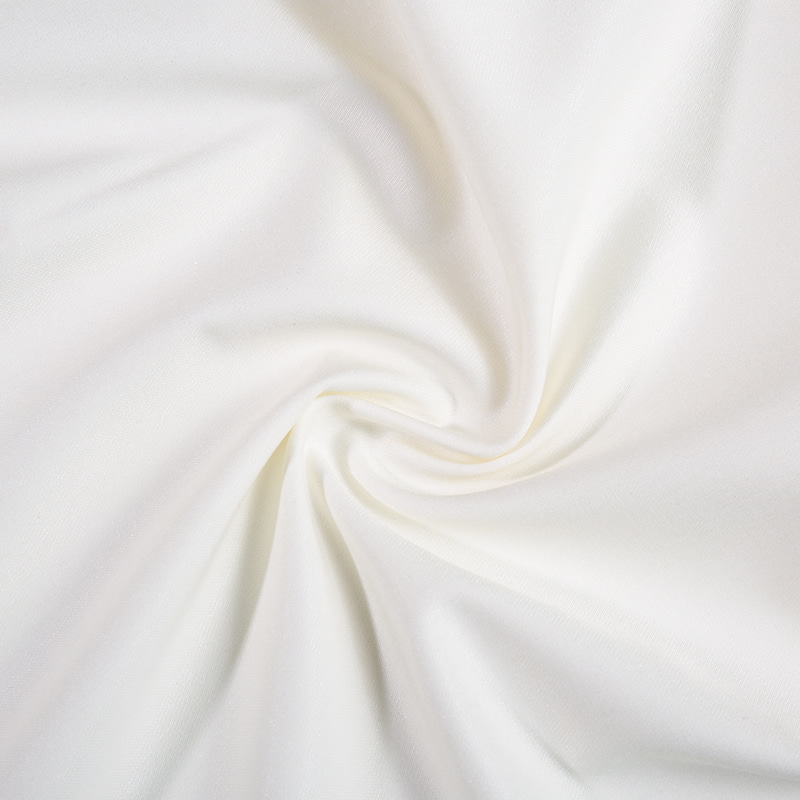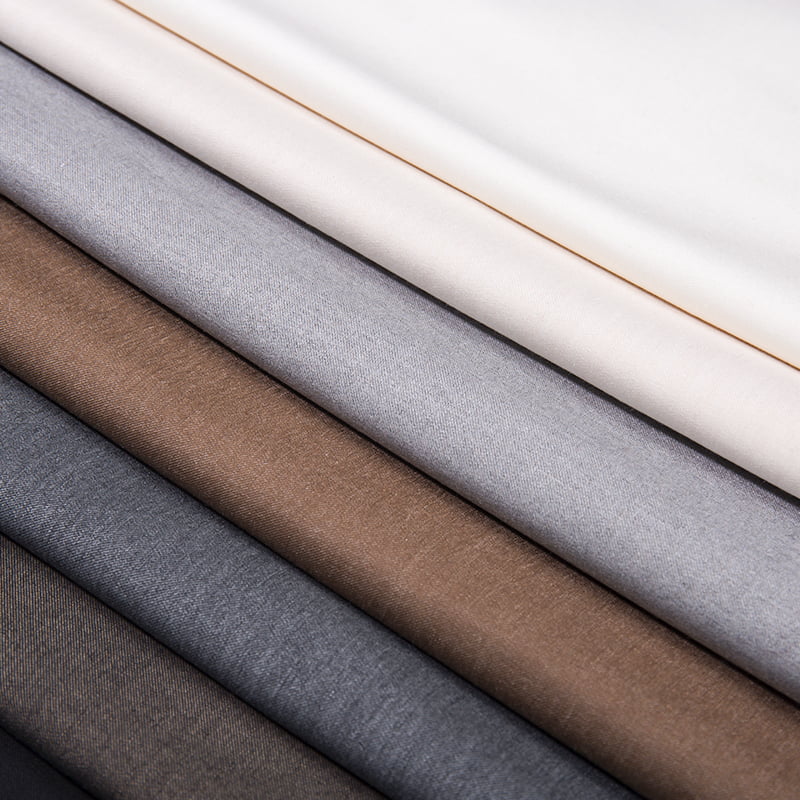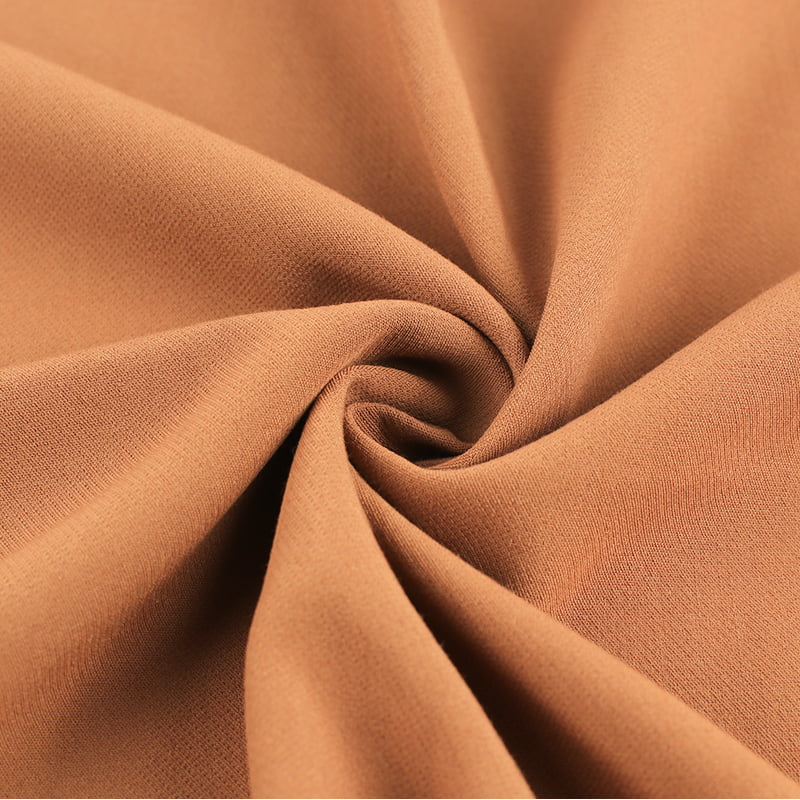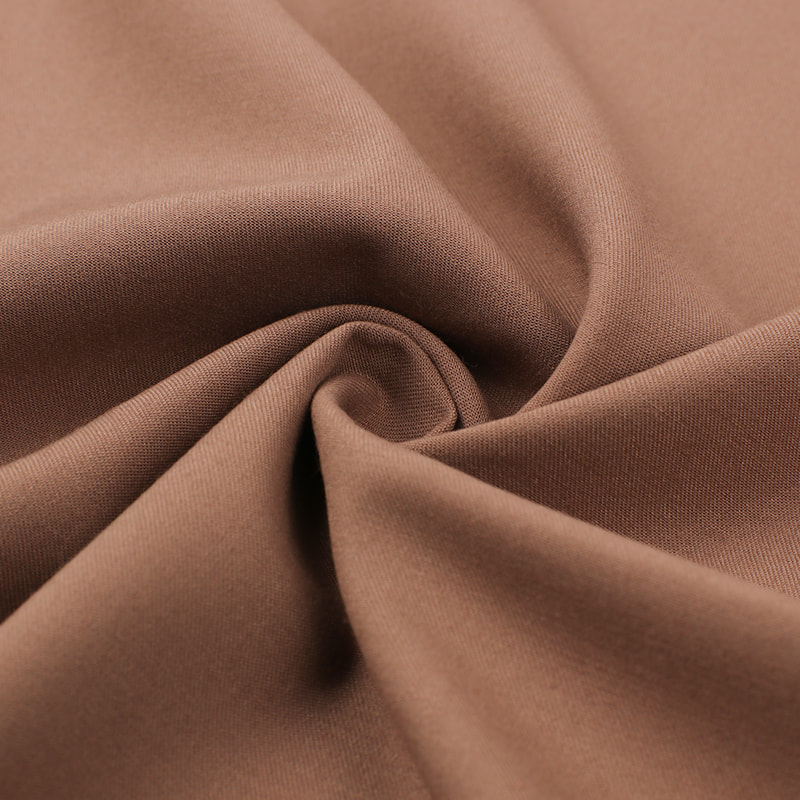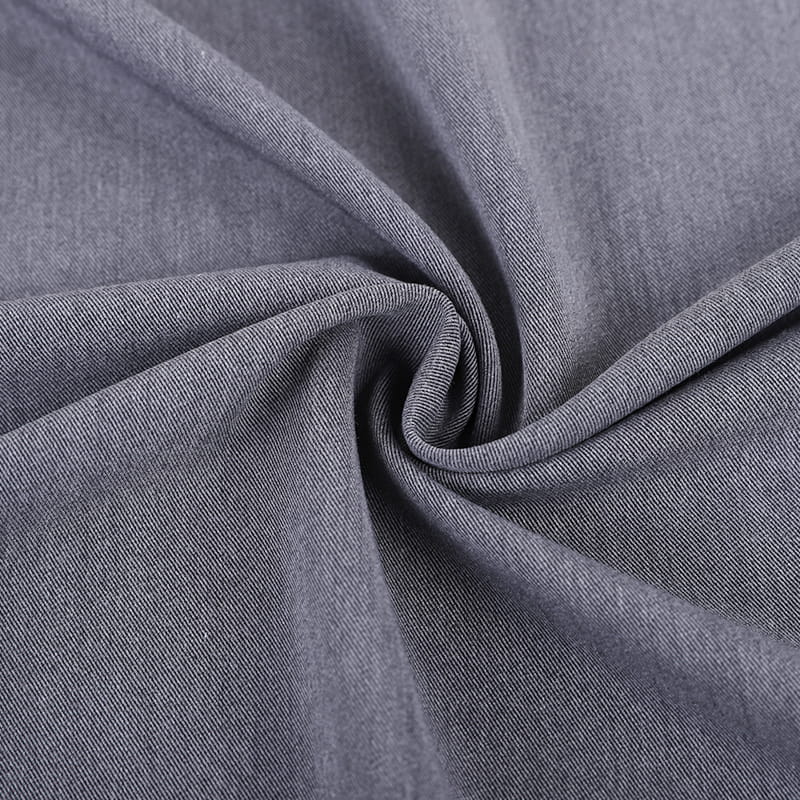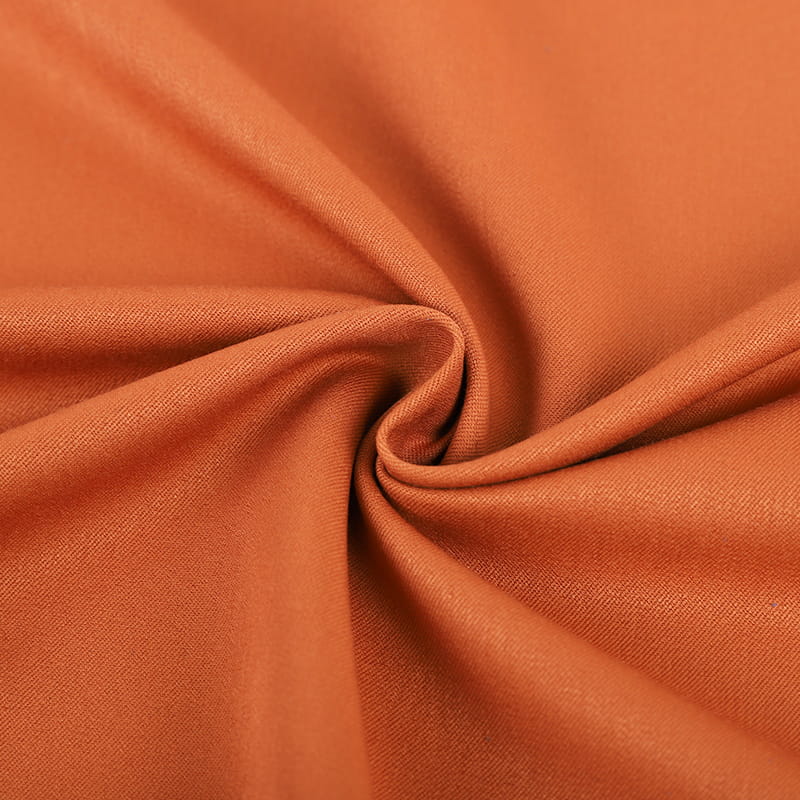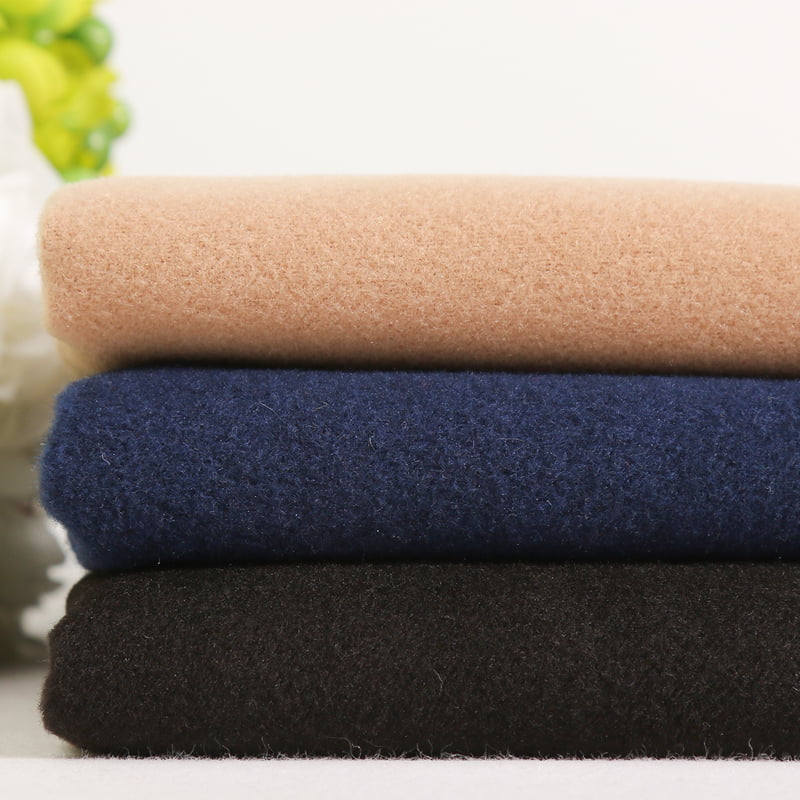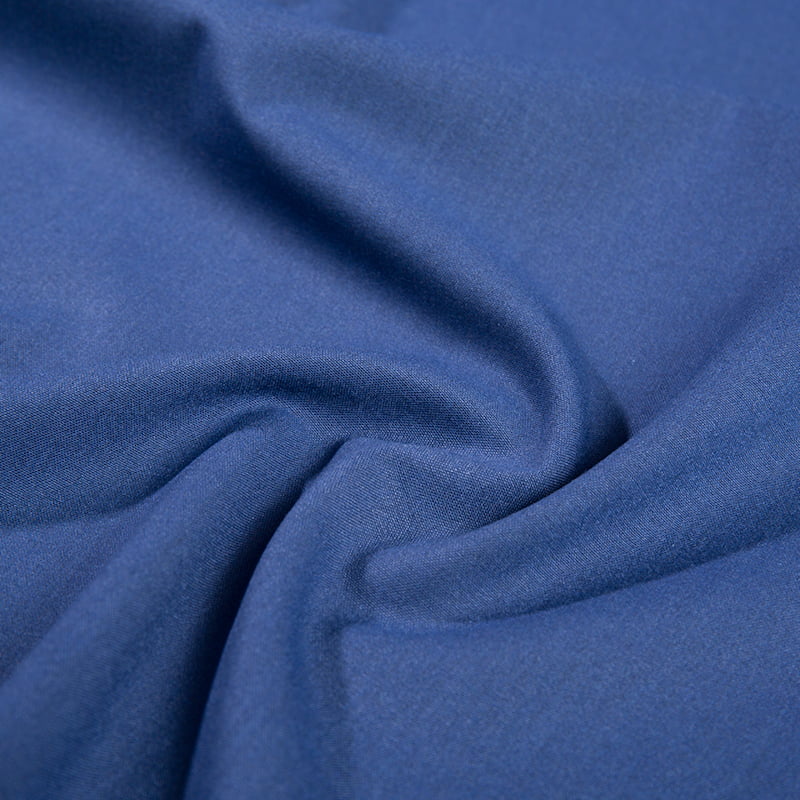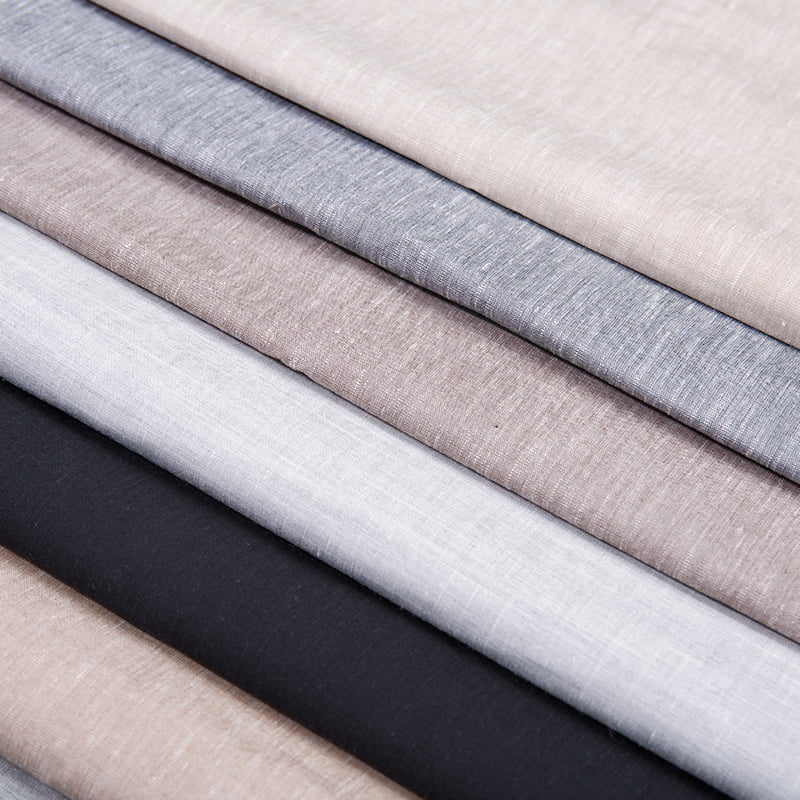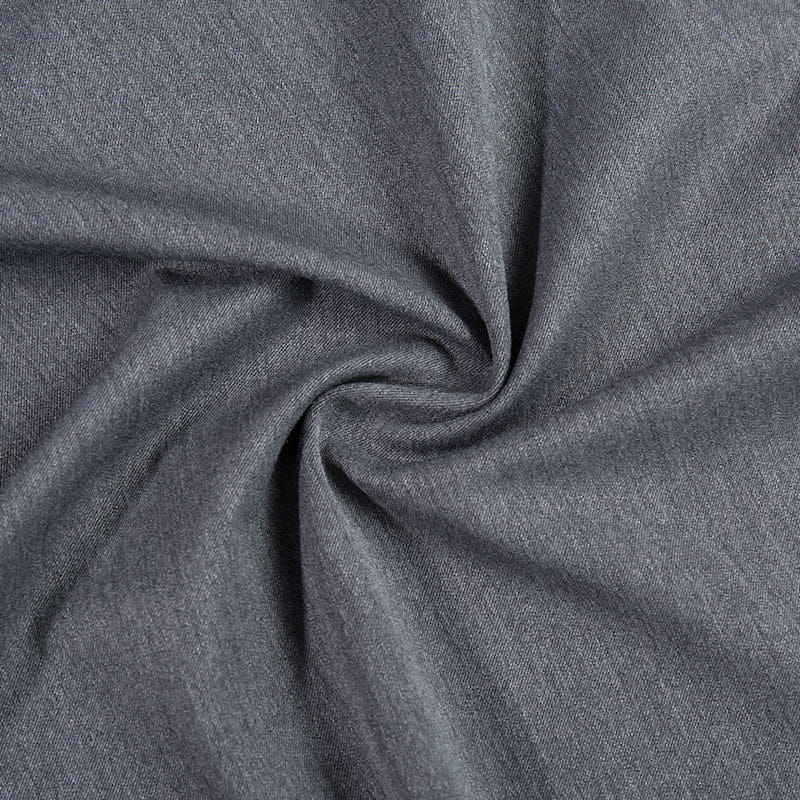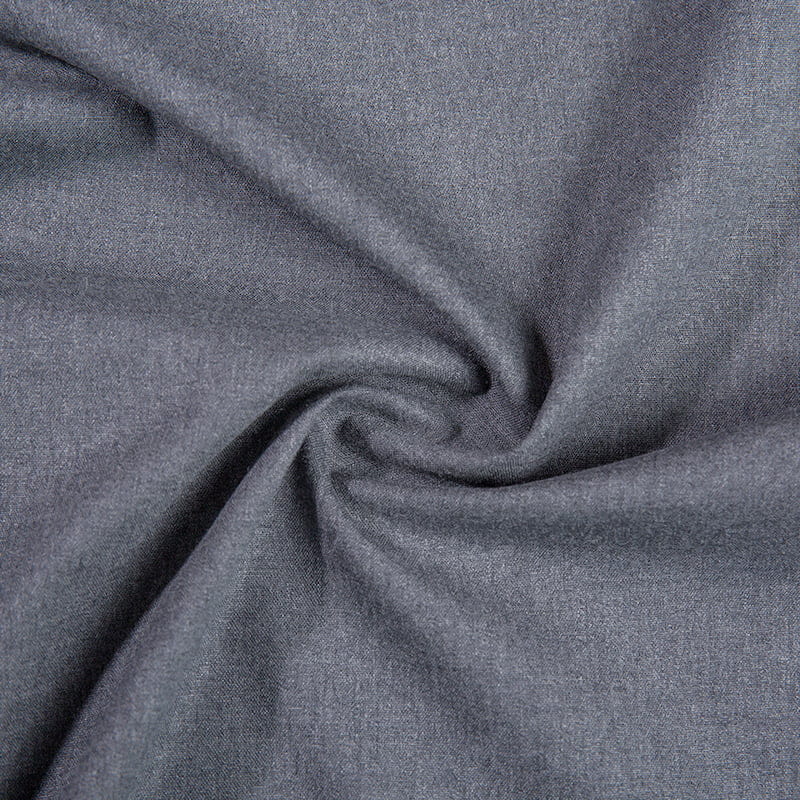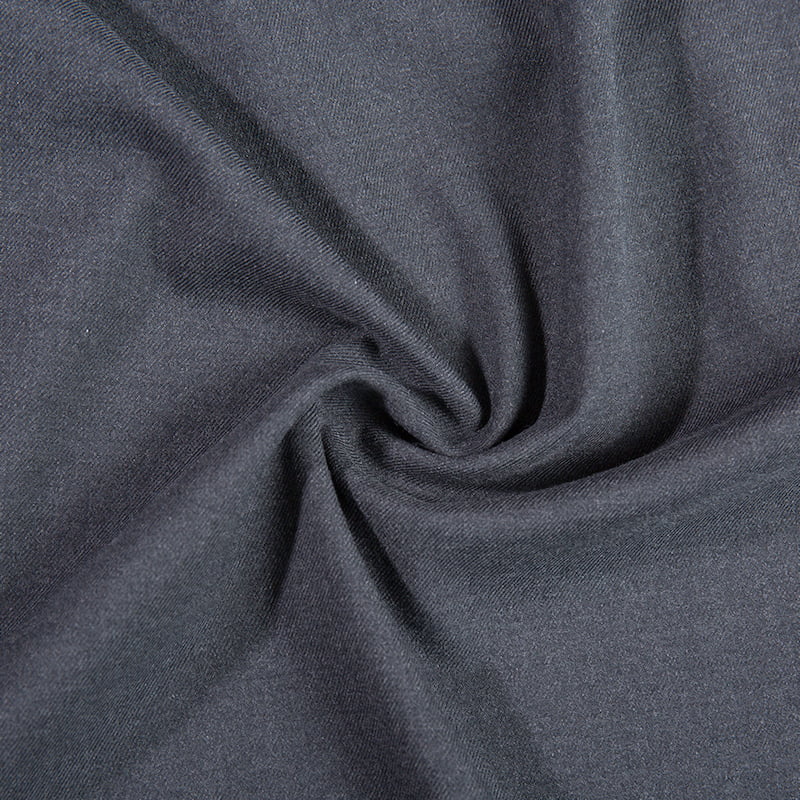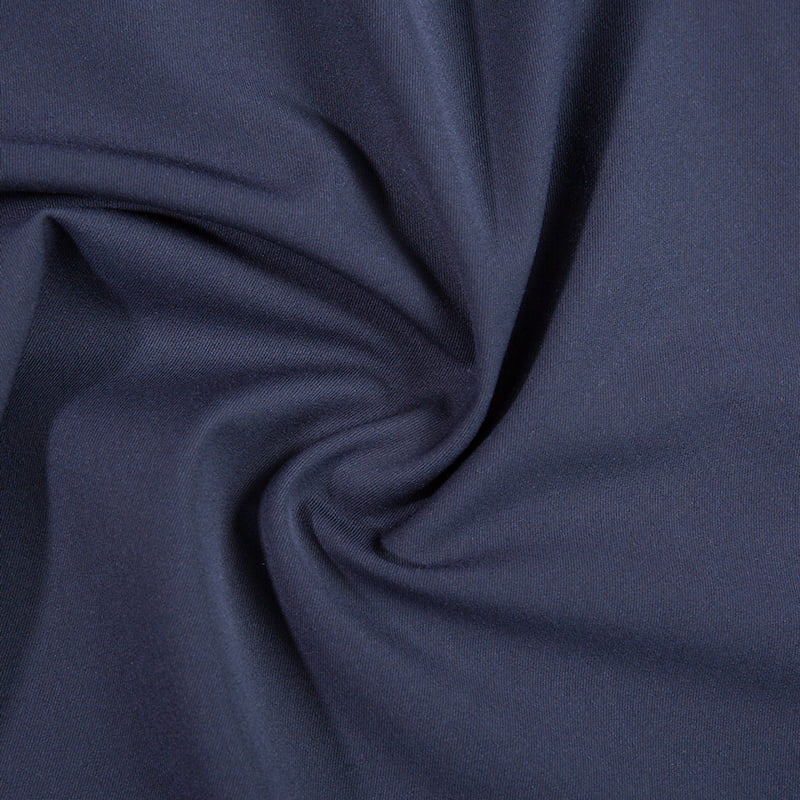Introduction
In the world of custom-made clothing, fabric selection is crucial to the quality, durability, and overall performance of a suit. High-end TR fabrics and standard blends are two common choices, each with unique characteristics that impact the suit's construction. This article explores the technical differences between these fabrics in the suit-making process, focusing on aspects such as fabric composition, processing during production, and long-term performance. By examining these factors, readers can gain a clearer understanding of how fabric selection impacts the final product.
Understanding TR Fabrics
TR Fabrics refer to textiles composed of a blend of Terylene (a type of polyester) and Rayon. This combination is engineered to leverage the strengths of both fibers, resulting in a material known for its balance of durability and comfort.
-
Composition and Characteristics: High-end TR Fabrics typically feature a higher ratio of quality-controlled fibers, often with finer yarn counts and advanced weaving techniques. These fabrics exhibit properties such as enhanced wrinkle resistance, moisture-wicking capabilities, and a smooth finish that mimics natural fibers like wool.
-
Common Applications: In suit making, TR Fabrics are frequently used for business and formal wear due to their ability to maintain shape and resist everyday wear and tear.
Overview of Ordinary Blended Fabrics
Ordinary blended fabrics encompass a wide range of material combinations, such as polyester-cotton or polyester-viscose blends. These are generally mass-produced and prioritize cost-efficiency over specialized performance.
-
Common Types and Properties: Typical blends might include polyester mixed with cotton for basic comfort or synthetic fibers designed for easy care. However, they often lack the refined attributes of high-end options, such as consistent texture or advanced functional treatments.
-
General Use Cases: These fabrics are commonly found in entry-level or fast-fashion suits, where affordability and quick production are key considerations.
Key Differences in Suit Making Craftsmanship
The craftsmanship involved in suit making varies significantly based on the fabric type. Below are the primary distinctions between high-end TR Fabrics and ordinary blended fabrics.
Cutting and Tailoring
-
High-End TR Fabrics: These materials are known for their stability and consistency, which allow for precise cutting and sewing. Tailors can achieve sharp lines and complex patterns without concerns about fraying or distortion. The fabric's inherent resilience reduces the need for frequent adjustments during assembly.
-
Ordinary Blended Fabrics: In contrast, ordinary blends may exhibit uneven shrinkage or stretching during cutting, requiring additional steps to align patterns. This can lead to longer production times and potential compromises in fit.
Durability and Maintenance
-
High-End TR Fabrics: With a focus on long-lasting performance, TR Fabrics often undergo treatments to enhance strength and color retention. They are less prone to pilling, fading, or losing shape after multiple wears and cleanings, making them suitable for investment pieces.
-
Ordinary Blended Fabrics: These fabrics may show signs of wear more quickly, such as thinning at stress points or color degradation. Maintenance might involve stricter care instructions to preserve appearance, which can add to the long-term cost.
Comfort and Aesthetics
-
High-End TR Fabrics: The blend of Terylene and Rayon in premium versions offers a soft hand feel and breathability, contributing to wearer comfort in various climates. Aesthetically, they provide a polished look with minimal wrinkling, ideal for professional settings.
-
Ordinary Blended Fabrics: While some blends offer basic comfort, they may feel stiffer or less adaptable to body movements. The visual appeal can be less refined, with a higher likelihood of creasing or a synthetic appearance.
Cost and Sustainability
-
High-End TR Fabrics: Production of these fabrics often involves stricter quality control and sustainable practices, such as reduced water usage in dyeing processes. Although the initial cost is higher, the extended lifespan can offer better value over time.
-
Ordinary Blended Fabrics: Made with cost-effective methods, these fabrics are generally more affordable upfront but may contribute to faster disposal due to shorter durability. Environmental impacts vary, but they often involve simpler, less resource-intensive manufacturing.
The differences between high-end TR Fabrics and ordinary blended fabrics in suit making craftsmanship are evident in areas like tailoring precision, durability, comfort, and overall value. TR Fabrics, with their specialized composition and enhanced properties, provide a reliable option for those seeking suits that combine performance and longevity. By understanding these distinctions, consumers and industry professionals can make informed decisions aligned with their specific needs and standards.


 English
English 中文简体
中文简体 日本語
日本語 한국어
한국어 Español
Español русский
русский
